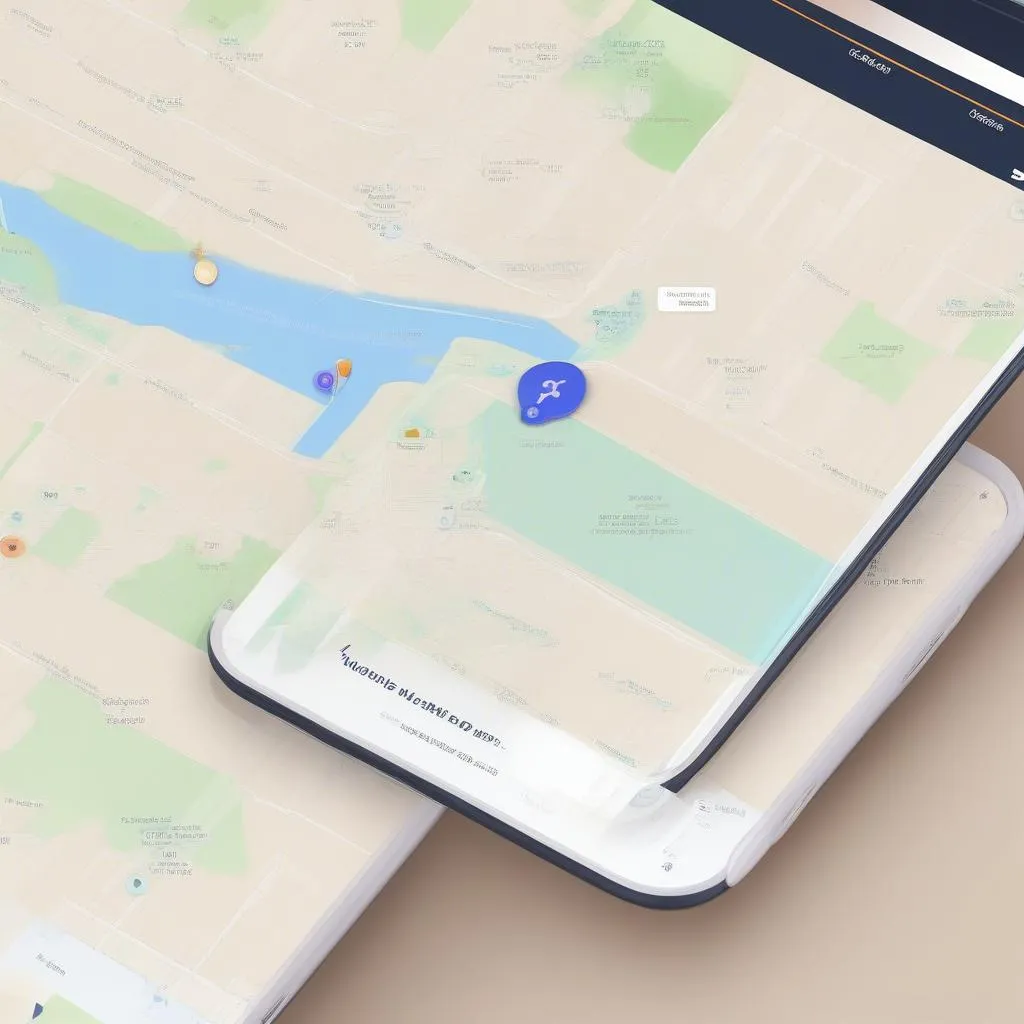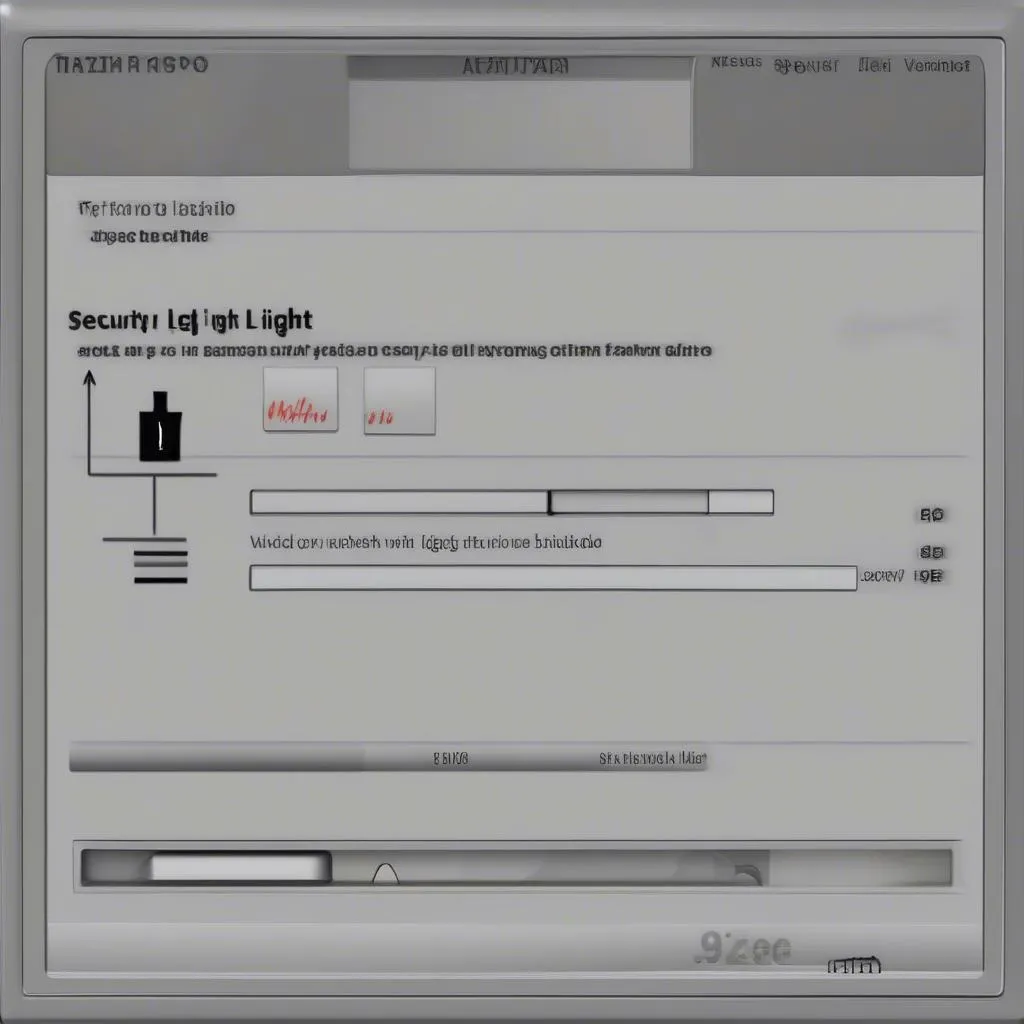One of the most unsettling experiences for a Ford Transit driver is seeing the brake warning light flash on the dashboard. This little red light is a vehicle’s way of saying there’s an issue with the braking system that needs immediate attention. Ignoring it can lead to dangerous situations, compromising your safety and that of others on the road.
This comprehensive guide delves deep into the meaning of the Ford Transit brake warning light, covering common causes, troubleshooting tips, and preventive measures to keep your van’s braking system in optimal condition.
Understanding Your Ford Transit Brake Warning Light
The brake warning light on your Ford Transit dashboard can illuminate in different ways, each signaling a different potential issue:
- Solid Red Light: A solid red light usually indicates one of two primary issues. It could mean your parking brake is engaged – a simple fix. However, it can also signal a serious problem within the braking system itself, such as low brake fluid.
- Flashing Red Light: A flashing red light accompanied by a beeping sound is a more urgent warning. It usually points to a critical issue like a significant brake fluid leak or a malfunction within the ABS (Anti-lock Braking System).
Common Causes of Ford Transit Brake Warning Light
Understanding the root causes behind a lit brake warning light is crucial for effective troubleshooting. Here’s a breakdown of common culprits:
1. Low Brake Fluid Level
Brake fluid is the lifeblood of your Transit’s braking system. As the fluid level drops, often due to leaks, the pressure within the system decreases, compromising braking performance.
Troubleshooting:
- Check the brake fluid reservoir: Park your vehicle on level ground and locate the brake fluid reservoir under the hood. The reservoir will have markings indicating the minimum and maximum fluid levels. If the fluid level is below the minimum, it needs topping up.
- Inspect for leaks: Carefully examine the area around the master cylinder, brake lines, and calipers for any signs of fluid leakage. Leaks are usually indicated by wet spots or drips.
2. Worn Brake Pads
Brake pads are designed to wear down over time. When they reach a certain level of wear, a sensor embedded within the pad triggers the brake warning light.
Troubleshooting:
- Inspect brake pad thickness: While visually inspecting the brake pads requires removing the wheels, it’s a straightforward task. If the pad’s friction material is worn down close to the metal backing plate, it’s time for a replacement.
3. Faulty ABS Sensor
The ABS system prevents wheel lockup during hard braking, enhancing vehicle control. A faulty ABS sensor can disrupt this system, triggering the warning light.
Troubleshooting:
- Check for error codes: An OBD-II scanner can be used to retrieve error codes stored in your Transit’s computer. These codes can pinpoint the location of a faulty ABS sensor.
4. Brake Line Issues
Damaged or corroded brake lines can cause brake fluid leaks, directly impacting braking performance.
Troubleshooting:
- Inspect brake lines: Thoroughly check the brake lines, which are usually made of metal, for any signs of damage, rust, or corrosion.
What to Do When the Brake Warning Light Comes On
Safety First: If the brake warning light comes on while driving, safely pull over as soon as possible. Continuing to drive with a compromised braking system can be incredibly dangerous.
Assessment: Once safely stopped, assess the situation. Check if the parking brake is engaged. If not, proceed with a visual inspection of the brake fluid level and look for any obvious signs of leaks.
Seek Professional Help: If the brake fluid level is low, add the appropriate brake fluid (refer to your owner’s manual). However, refrain from driving further. It’s strongly advised to have your Transit towed to a trusted mechanic or dealership for a comprehensive inspection and diagnosis.
Preventative Measures for a Healthy Braking System
Prevention is key to avoiding unexpected brake system issues. Here are some proactive measures:
- Regular Brake Fluid Flush: Adhere to the manufacturer’s recommended brake fluid flushing intervals. Fresh brake fluid maintains optimal performance and prevents internal corrosion.
- Timely Brake Pad Replacement: Don’t wait for your brake pads to wear down completely. Regular checks and timely replacement prevent damage to the rotors and ensure consistent braking performance.
- Routine Brake Inspections: Incorporate a thorough brake system inspection during regular vehicle maintenance. This allows for early detection and addressing minor issues before they escalate.
Conclusion
The brake warning light on your Ford Transit is not a signal to be ignored. It’s your vehicle’s way of communicating a potential problem that requires attention. Regular maintenance, timely repairs, and understanding the warning signs can help prevent dangerous situations and keep your Ford Transit running smoothly for miles to come.
Remember, a well-maintained braking system is paramount for your safety and the safety of others on the road.



